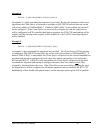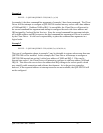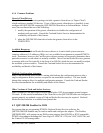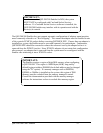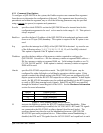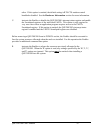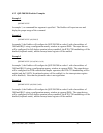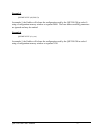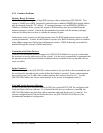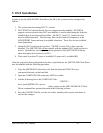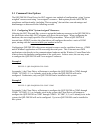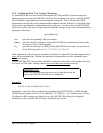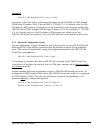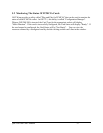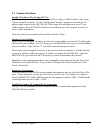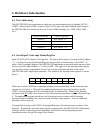
4.2.3 Common Problems
Memory Range Exclusion:
The Enabler requires a region of high DOS memory when configuring a QSP-200/300. This
region is 1000H bytes (4KB) long and by default begins at address D0000H (the default address
may be changed using the "W" option). If a memory manager such as EMM386, QEMM, or
386Max is installed on the system, this region of DOS memory must be excluded from the
memory manager's control. Consult the documentation provided with the memory manager
software for instructions on how to exclude this memory region.
Furthermore, some systems use the high memory area for BIOS shadowing to improve overall
system performance. In order for the Enabler to operate, any BIOS shadowing must be disabled
in the address range specified for the configuration window. BIOS shadowing can usually be
disabled through the system's CMOS setup utility.
Contention with Other Devices:
Without Card and Socket Services support, the QSP-200/300 Enabler has no way to determine
the resources in use by other devices in the system. It is the user's responsibility to guarantee that
the parameters specified on the Enabler command line are available in the system and will not
cause a conflict.
Socket Numbers:
The Enabler requires the QSP-200/300's socket number to be specified on the command line and
the card must be inserted into the socket before the Enabler is invoked. Some vendors number
their sockets from 1 to N while other vendors number their sockets from 0 to N-1. For the
QSP-200/300 Enabler, the lowest socket number in the system is designated socket 0.
Card and Socket Services Software:
In order to use the QSP-200/300 Enabler for DOS, the system MUST NOT be configured with
Card and Socket Services software. If a Card and Socket Services software is installed, the
QSP-200/300 Enabler may interfere with its operation and with the device(s) it controls. For
systems configured with Card and Socket Services, the QSP-200/300 Client Driver is the
recommended method of configuration.
QSP-200/300 User's Manual 28



